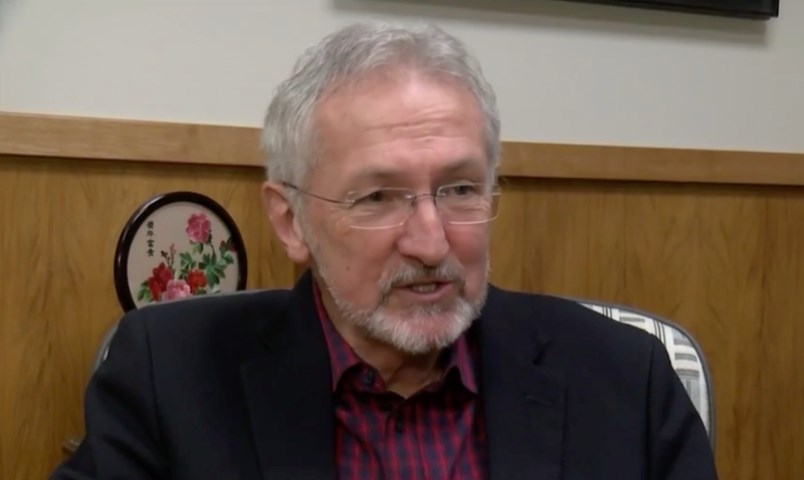A new larger overdose prevention facility is planned at a yet-to-be-determined location in Nanaimo’s downtown as illicit drugs continue to take their toll.
Island Health has issued a request for proposals for an operator to run a site where both injection and inhalation of drugs would be witnessed by trained staff or volunteers able to respond to an overdose. The opportunity for a two-year contract with the possibility of renewal closes Feb. 15.
The overdose crisis is ongoing. In 2011, there were eight deaths attributed to illicit drugs in Nanaimo. In 2021, between January and October, there were 37 in the city. Fentanyl was detected in more than 80 per cent of such deaths in B.C. last year.
The province is moving to expand services in Nanaimo where the existing overdose prevention site is located within a sheltered housing facility. That site does not allow for supervised inhalation, an increasingly popular method of drug use.
Island Health’s intends to see a more accessible facility opened. It would include referrals for treatment for mental health and substance abuse issues, along with on-site treatment, and social services.
Plans call for at least four indoor spaces for monitored injection substance use and a minimum of six spaces for monitored inhalation, preferably in an outdoor covered and tented area.
Island Health is hoping the operator will be able to line up space for Island mental health and substance abuse teams and other health care services. The idea is to establish a “wellness hub” allowing those who use the site to access other services, the proposal said. The health authority is also thinking of setting up a 3,000 square foot area next to the overdose prevention site.
The goal is for the overdose prevention facility to be in a part of the downtown that is within walking distance of support services. A semi-industrial location is preferred.
It should not be on a high- traffic area, high-visibility street, or near child-care facilities, the proposal said.
It should not be next to a park or greenspace which could be used for camping.
The operator must work with local stakeholders, neighbours and participants to develop positive community relations.
Nanaimo Mayor Leonard Krog said such a facility is needed but noted that half the overdoses take place in private homes not on the streets. He pointed to the province’s recent announcement of a $1-million grant to improve access to resources to prevent overdoses among construction workers.
Downtown has “had enough,” he said.
In 2018, the city watched as a tent city with up to an estimated 300 residents was established on municipal land.
Since then, “it has been a relentless, exhausting, frustrating and sad time for a whole bunch of folks, for a whole variety of reasons that always get back to the same old thing.” Among the homeless population, many are suffering from addiction, mental health, trauma and brain injury and a lack of appropriate care and facilities, including complex care, he said.
Krog hopes that whoever runs the facility will get people in touch with the care and support they need.
“I am weary. We are all weary.”



